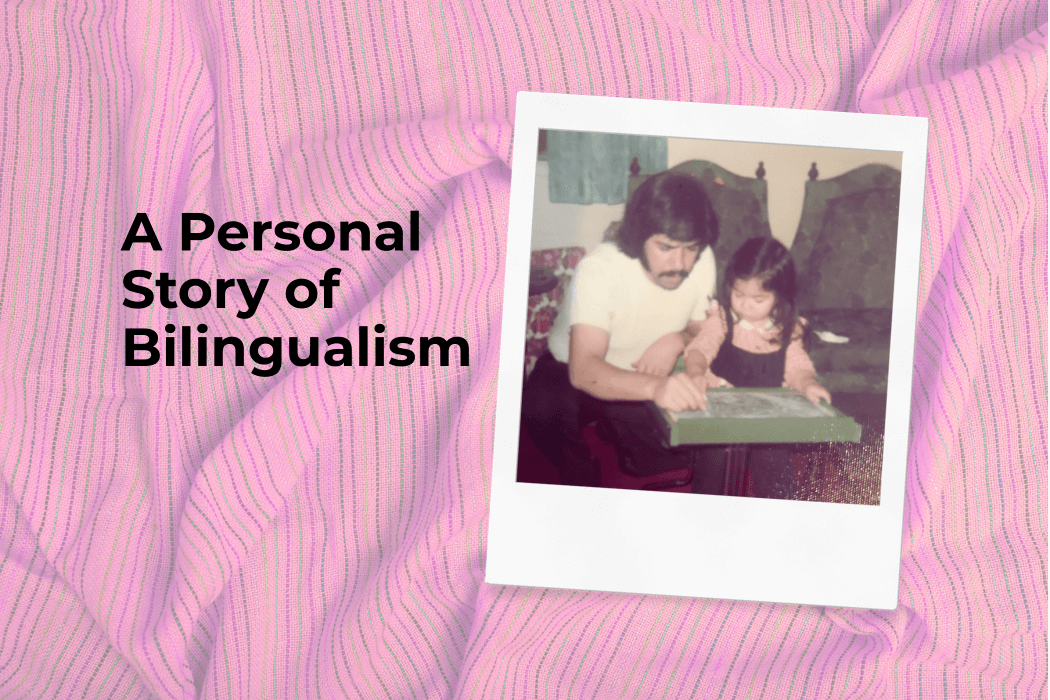
The74: The future is Multilingual
California is the world’s fifth largest economy and the most diverse in the nation. According to the Bay Area Council Economic Institute report, California's economy is all about businesses going global and hiring a more diverse group of people – thus a multilingual workforce. The report goes on to say that California has the unique opportunity to foster early language skills in its 2.4 million multilingual children by implementing more multilingual programs across the state.
Yet even with California’s visionary and innovative policies to support our future global needs – the English Learners Roadmap and Global California 2030 – we still trail far behind other states in actually offering bilingual education or dual-immersion programs especially to our multilingual learners.
“This ranks California well behind its peers—both EL-rich states like Texas and Illinois and less linguistically diverse states like Wisconsin and Alaska,” states Connor Williams in his recent piece in The 74, California Celebrates Its Linguistic Diversity While Shortchanging Bilingual Ed
William’s piece lays out the obstacles and opportunities to meet CA’s multilingual goals and is a follow up to more in-depth Century Foundation report by William’s and Jonathan Zabala, Moving from Vision to Reality: Establishing California as a National Bilingual Education and Dual-Language Immersion Leader.
Williams state, “Indeed, support for ELs’ bilingualism has not been a priority even in other new statewide education reforms. As we outline in the report, though California has invested major new public resources in trying to achieve universal access to early education programs for 4-year-olds and growing the state’s roster of community schools — ELs’ unique strengths and needs have not been central to these initiatives’ designs.”
With 60% of California children under the age of 5 living in a household with at least one parent who speaks a language other than English, imagine the opportunities we have to not only build bilingualism and biliteracy as we also build a pipeline for bilingual teachers, engineers, health providers and more!Indeed there is still work to be done. Take a look at how we rank nationally. Below is Table 2 from Moving from Vision to Reality: Establishing California as a National Bilingual Education and Dual-Language Immersion Leader.

As fellow education champions, we encourage you to take a few minutes and dive into both articles - and share with your network. Social links can be found on both webpages.
- California Celebrates Its Linguistic Diversity While Shortchanging Bilingual Ed. The 74
- Moving from Vision to Reality: Establishing California as a National Bilingual Education and Dual-Language Immersion Leader. The Century Foundation
Join us in championing opportunities and implementing research and evidence-based approaches for all children to succeed.
Williams says, "It is time for state and local leaders in California to deliver on the state’s EL Roadmap and Global California 2030 promises by: 1. significantly expanding multilingual instruction in the state—particularly via linguistically diverse, dual-language immersion schools; 2. investing short- and long-term resources in efforts to grow the state’s bilingual teacher pipelines; and 3. ensuring that the state’s 1.1 million ELs—who gain unique linguistic and academic benefits from bilingual and dual-language programs—are prioritized for bilingual and/or multilingual learning.
Together, we can create the opportunities all our children deserve to succeed. #MultilingualismIsPower
Read More News from SEAL

Learn about changes in policy, up-to-date research, and unique practices to support Dual Language and Multilingual Learners. And don’t forget to sign up for our newsletter here.
%201.svg)


